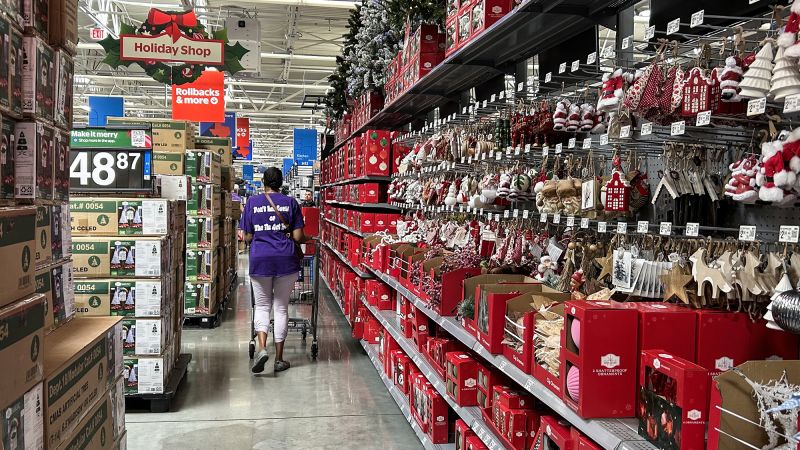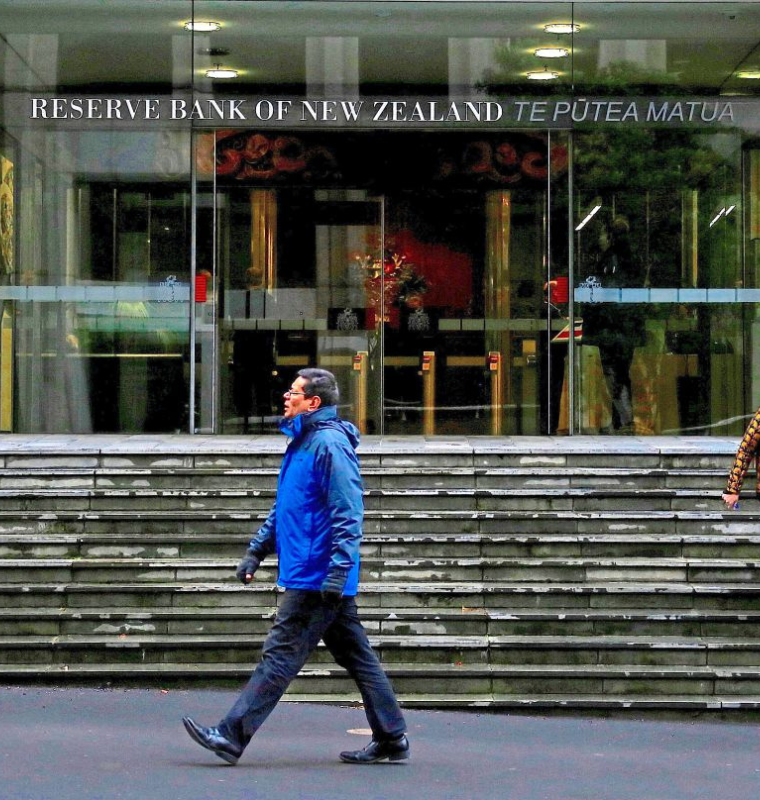Core Wholesale Inflation Slows in September
By
Junia Wells
Last updated:
November 26, 2025
First Published:
November 26, 2025

Photo: CNN
A Clearer Picture of Cooling Wholesale Inflation
Fresh government data shows that wholesale inflation may finally be losing some momentum. Core producer prices which strip out the more volatile food and energy components rose just 0.1 percent in September. That came in lower than the 0.2 percent increase economists had expected and followed a 0.1 percent decline in August. The headline Producer Price Index climbed 0.3 percent for the month which matched market forecasts and pushed annual wholesale inflation up 2.7 percent while core PPI advanced 2.6 percent compared with a year earlier.
What stands out is the diverging path between goods and services. Goods costs jumped 0.9 percent marking the biggest monthly rise since February 2024. Much of this came from a sharp increase in energy with final demand energy prices climbing 3.5 percent including an 11.8 percent spike in gasoline. Food also contributed rising 1.1 percent. Services costs however were largely flat. Transportation and warehousing prices gained 0.8 percent while airline passenger fees rose a steep 4 percent but these increases were outweighed by softer trends elsewhere in the sector.
Impact of Delayed Data and What It Means for Inflation Tracking
This release carries extra weight because it follows delays caused by the recent government shutdown. September’s PPI report arrives later than usual and the Labor Department has already canceled the October CPI release meaning economists will have fewer data points to assess ongoing price pressures until November’s consumer inflation report is published on December 18. With inflation data already under scrutiny policymakers and markets will be monitoring these limited indicators even more closely.
The combination of rising goods prices and softer service sector inflation offers a mixed signal. While energy-driven cost jumps raise immediate concerns the slower core reading hints at underlying disinflationary forces. If this trend continues it could influence expectations for future monetary policy moves particularly regarding interest rate decisions.
Retail Sales Show Steady but Softer Consumer Spending
The Census Bureau also released fresh retail sales numbers for September revealing a modest uptick in consumer activity. Total retail sales rose 0.2 percent slightly below the 0.3 percent forecast. When excluding auto purchases which often distort the headline figure sales increased 0.3 percent meeting expectations. Several categories reported strong monthly gains including miscellaneous retailers which saw a 2.9 percent rise and gas stations up 2 percent thanks to higher fuel prices.
Not all sectors fared equally well. Sporting goods hobby and music stores posted a 2.5 percent decline while online retailers saw sales slip 0.7 percent. Restaurants and bars however remained a bright spot. Spending at eating and drinking establishments increased 0.7 percent for the month and surged 6.7 percent from the previous year highlighting the continued strength of discretionary spending.
On an annual basis retail sales climbed 4.3 percent outpacing the 3 percent consumer inflation rate for September. This suggests that even after adjusting for rising prices Americans are still spending at a healthy pace a key support for overall economic growth.
Overall Takeaway
Slower core wholesale inflation combined with steady consumer spending paints a picture of an economy that is cooling in some areas yet still resilient in others. Goods-driven cost increases remain a concern but the softer underlying trend may help ease inflationary pressure in the months ahead. With delayed data releases and uncertainty about future price movements these September numbers will play an outsized role in shaping economic expectations heading into the year’s final quarter.
Popular articles
Subscribe to unlock premium content
How Slovenia’s Cave Systems Are Monetized as High-End Adventure Tourism Spots

The Tiny Island of Tristan da Cunha and Its Rare Luxury Wildlife Observation Economy

Why Namibia’s Skeleton Coast Desert Tours Are Attracting Extreme Adventure Travelers

How Slovenia’s Cave Systems Are Monetized as High-End Adventure Tourism Spots

The Tiny Island of Tristan da Cunha and Its Rare Luxury Wildlife Observation Economy

How Slovenia’s Cave Systems Are Monetized as High-End Adventure Tourism Spots









